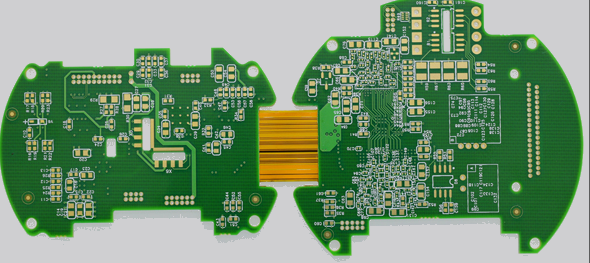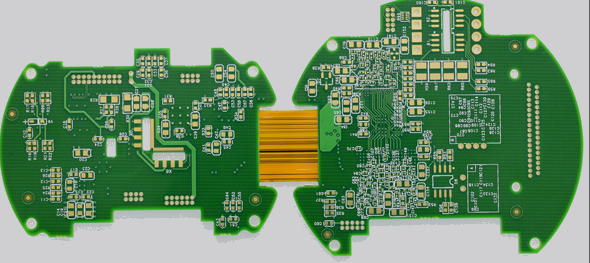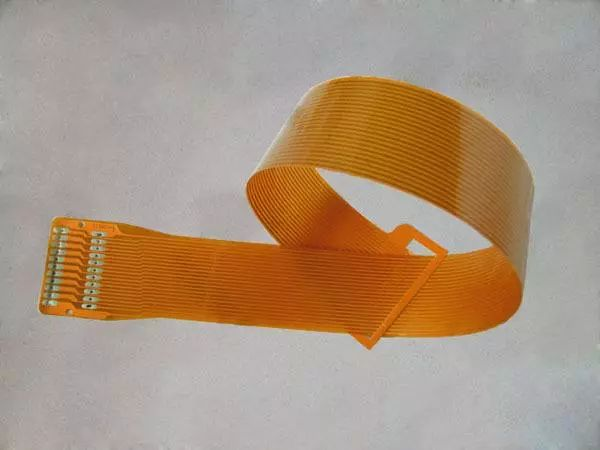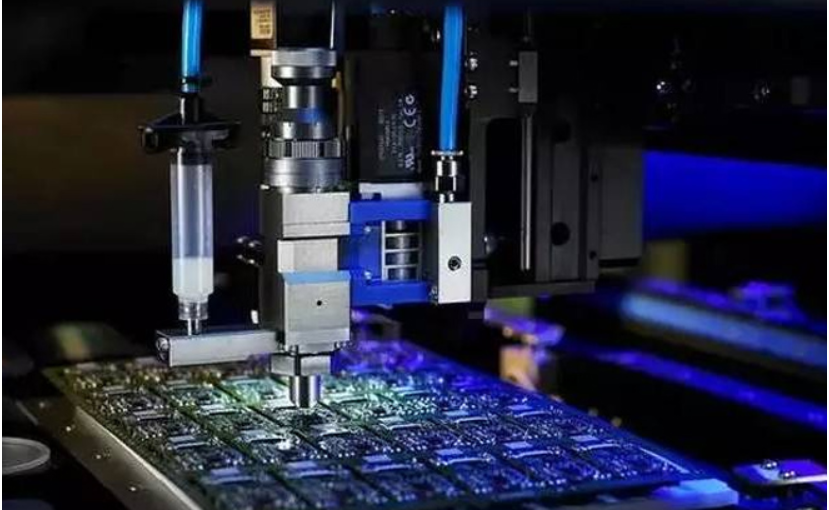
flexible PCB are mainly used in the connection of electronic products. As a medium for signal transmission, they have high reliability and excellent flexibility. The advantages of flexible PCB are high wiring and assembly density, eliminating the need for redundant wiring connections; good bendability, high flexibility, and high reliability; small size, light weight, and thin thickness; Wiring layer and elasticity; simple structure, easy installation, consistent installation and connection.

flexible PCB can be classified in different ways. According to the degree of flexibility, they can be divided into flexible circuit boards and rigid-flex circuit boards; according to the number of layers, they can be divided into single-layer Flexible circuit boards, double-layer flexible circuit boards and multi-layer flexible circuit boards. layer flexible circuit board.
The application fields of flexible PCB can be divided into three categories: smart phones, wearable devices, and Automotive electronics. The application on smartphones covers battery modules, display modules, touch modules, camera modules, connection modules, etc. A smartphone needs to be equipped with 10-15 flexible PCB. With the commercialization of 5G, the development of smartphones towards miniaturization and large screens, and the rise of folding screen mobile phones, the usage of flexible PCB will increase. The demand for flexible PCB in the smartphone field is on the rise.
In the field of wearable devices, flexible PCB are the main application materials, and the development of wearable devices will increase the demand for flexible PCB.
In the field of automotive electronics, flexible PCB can reduce the complexity of the process and have a small size, which can effectively reduce weight and save costs. With the development of automotive electronics, the demand for flexible PCB for components such as sensors and central control panels has increased, bringing broad space for the application of flexible PCB.
The demand for flexible PCB in the electronics industry is increasing. First, the excellent characteristics of flexible PCB are suitable for the ultra-thin requirements of electronic products; the second is the high frequency and high speed transmission of circuits. Reliability requirements are high. Therefore, the market scale of flexible PCB in the electronics industry is constantly expanding.
The performance of the FPC flexible circuit board needs to be tested by testing, and the test content includes appearance test, electrical performance test, and environmental performance test. The basic test standards include the substrate film, the appearance of the cover layer, the coating process, the deviation of the connection pad and the cover layer, the voltage resistance, bending resistance, welding resistance, temperature and humidity resistance, salt spray performance, etc. It is divided into an intermediate test and a final test, and it is considered qualified after all the regular performances of the two tests are up to standard.
FPC flexible circuit board testing can be achieved with the help of shrapnel microneedle modules, which is conducive to improving test efficiency and reducing production costs. In high current transmission, the shrapnel microneedle module can carry up to 50A of current, and the minimum response value in the small pitch field can reach 0.15mm. The connection is stable and reliable, and it has an average service life of more than 20w times, and the adaptability is extremely high. high.
With the emergence of emerging electronic products, the market and use of flexible PCB have also expanded, and the replacement of different types of electronic products will bring more considerable development prospects than the traditional market. The selection of suitable shrapnel microneedle modules for FPC flexible circuit board testing will greatly increase product output and usher in an expansion mode.






